The Moza Racing FSR Formula in a nutshell
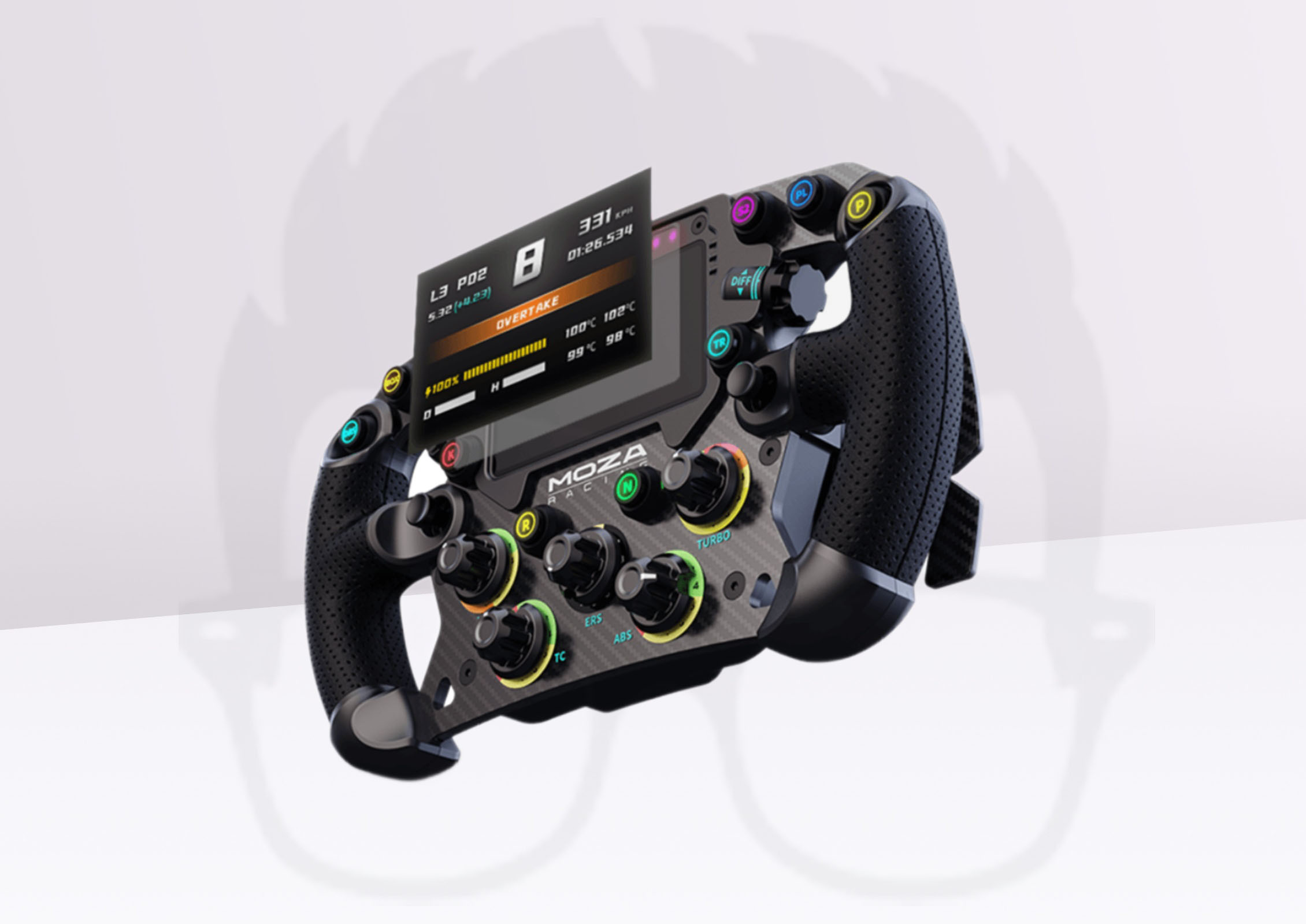
Advantages & Disadvantages
✅ Carbon-fiber structure
✅ Available with universal hub kit
✅ 4″ display on faceplate
✅ Magnetic rear paddles
❌ Slightly long button travel
❌ Stickers sometimes poorly stuck on
❌ Telemetry not fully compatible with SimHub
ㅤ
The Chinese brand of sim-racing peripherals Moza has come a long way since its inception just a few years ago. It has to be said that this manufacturer has been most motivated to innovate in the industry to earn its place among the must-have brands.
Well, actually, the point about innovation can’t be applied to the whole Moza range, since this manufacturer hasn’t reinvented the wheel. There have been a few innovations here and there, notably on the brand’s shifter with its system that keeps debris and other dust away from the mechanism.
Nevertheless, Moza quickly became a key player in the sim-racing industry, competing with names such as Fanatec and Simagic(spoiler alert: the two brands collaborate on several sim-racing peripherals and/or accessories).
Speaking of racing peripherals, Moza offers a moderately wide range of steering wheels for all racers. Among this manufacturer’s 7 wheels, we have the FSR, which is a premium steering wheel, designed for racers eager for single-seater (F1) thrills. In what follows, we’ll take a look at this wheel, talk about its strengths and weaknesses, and give you my opinion on it.
Main and technical characteristics of the wheel
- 5 mm thick carbon fiber structure
- F1-style steering wheel with 28 cm diameter
- 4.3” diagonal color display
- Perforated leather cuffs
- 3 mm forged carbon fiber vanes
- Aluminium alloy backplane
- 10 backlit mechanical buttons, 2 rotary switches and 5 encoders
- RevLED
- Compatible with R5, R9, R16 and R21
Moza FSR design
Let’s start with the design of the Moza Racing FSR. As far as I’m concerned, it’s a very handsome steering wheel, perhaps even the finest the brand offers. The carbon fiber structure gives it a superb look, but I’d really have liked forged carbon fiber. But hey, compromises had to be made to keep the price competitive.
At the top of the faceplate is a beautiful 4.3″ screen displaying certain telemetry data. And scattered around the steering wheel are the FSR controls with backlit buttons. All in all, a superb steering wheel that will go perfectly with a Moza sim-racing setup.
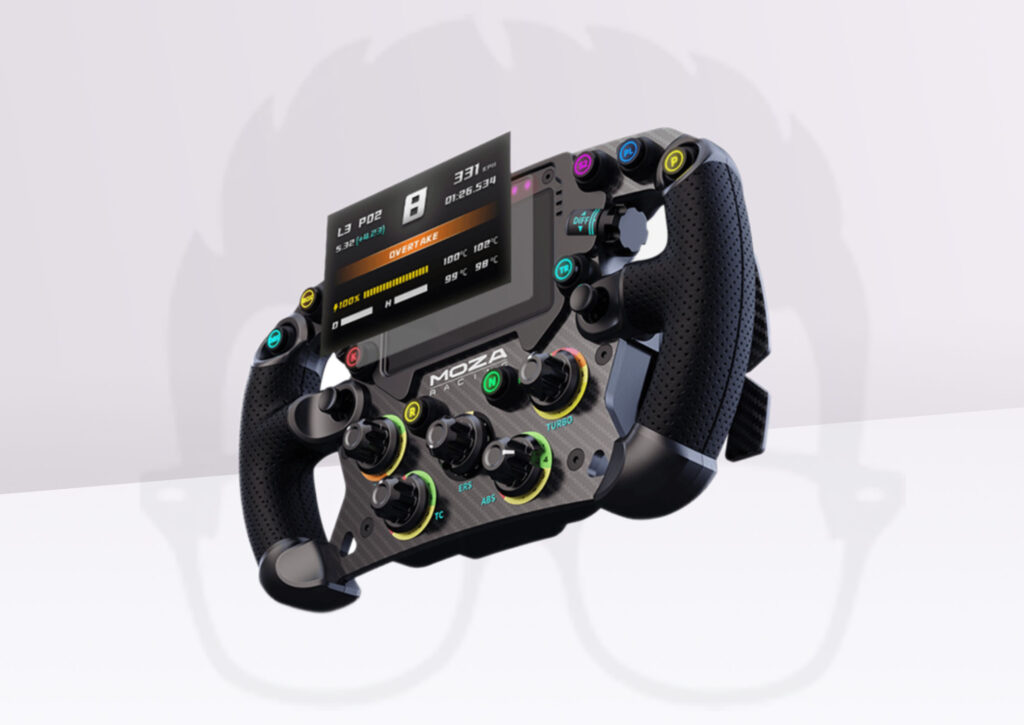
Customized assembly
By default, Moza’s QR D1-Spec is fitted to the rear of the FSR, enabling the wheel to be attached to the brand’s chainstays, as well as to those of other manufacturers using a universal hub kit, sold separately of course.
Installing this steering wheel is a very simple operation, and the FSR can be fitted to a good number of the brand’s bases (R5, R9, R16 and R21). I don’t know why the R12 isn’t on the list, but it’s probably a question of communication between the base and the steering wheel.
Steering wheel manufacture and finishing
The structure is made of 5mm-thick carbon fiber. This is attached to an aluminum-alloy backplane that includes the QR. The workmanship is simply top-notch, and that’s only to be expected since the FSR is Moza’s top-of-the-range flywheel.
The finish, meanwhile, is less premium in some respects. On the whole, I’m a bit choosy about certain elements, but FSR costs an arm and a leg, and you have to have a flawless product in return. On some controls, notably the encoders, the stickers are glued on and may not be properly in place (slight offset). Once again, this isn’t a “deal breaker” as the English say, but I believe that a sim-racing steering wheel costing over €600 should be very well finished, with no apparent flaws.
Apart from that, the rest of the wheel is well assembled, with good attention to detail.
Handling the wheel
The FSR is 28 cm in diameter, with a typically rectangular shape. The cuffs are made of premium perforated leather, which provides an excellent grip during sim-racing sessions. I personally prefer this material to alcantara, which can quickly deteriorate in the presence of perspiration.
All controls, except for a few in the center of the faceplate, are easily accessible in full stroke, and the buttons are backlit and mechanical too. On this point, they’re old Simagic buttons with a slightly long travel for my taste. It works fine, don’t get me wrong, it’s just that I’m used to using buttons with a much shorter travel. Nevertheless, it has the advantage of avoiding accidents.
At the rear, the 4 paddles, including 2 magnetic ones, are superb. Made of forged carbon fiber, the paddles are a good size and click very well. But then, there are only 4 paddles instead of the 6 found on the competition.
Sensations during play
Firstly, you can use this steering wheel with R5, R9, R16 and R21 chainstays, but also other chainstays from competing brands, thanks to the universal hub kit (USB connection). It’s really cool to have this kind of compatibility, as it will open up the Moza brand to other riders on competing ecosystems.
In terms of feel, it’s 90% bliss. The FSR’s ergonomic design makes for an excellent grip, especially if you’re a fan of single-seaters and/or GT racing. The rear paddles click very well, are well spaced with the back-plate, and you’ll have no trouble using them in the middle of a race. The buttons are superbly well positioned on the faceplate, as well as being backlit, which further enhances the ergonomics of the steering wheel. And the perforated leather on the cuffs is just that – quality.
I just said above that this steering wheel was 90% happiness. What about the other 10%? Well, that’s the screen, a few buttons and paddles. As for the screen, it’s configurable via Pit House, but for SimHub (high-level racers), you’ll often have trouble with it. Sometimes it works, sometimes it lags, and sometimes it doesn’t work at all to display real-time telemetry.
As for the buttons, they’re old Simagic ones with a long stroke, as I said earlier. And finally, the paddles. At the price of the FSR, I’d have liked a set of 6, or at least the possibility of upgrading to 6.
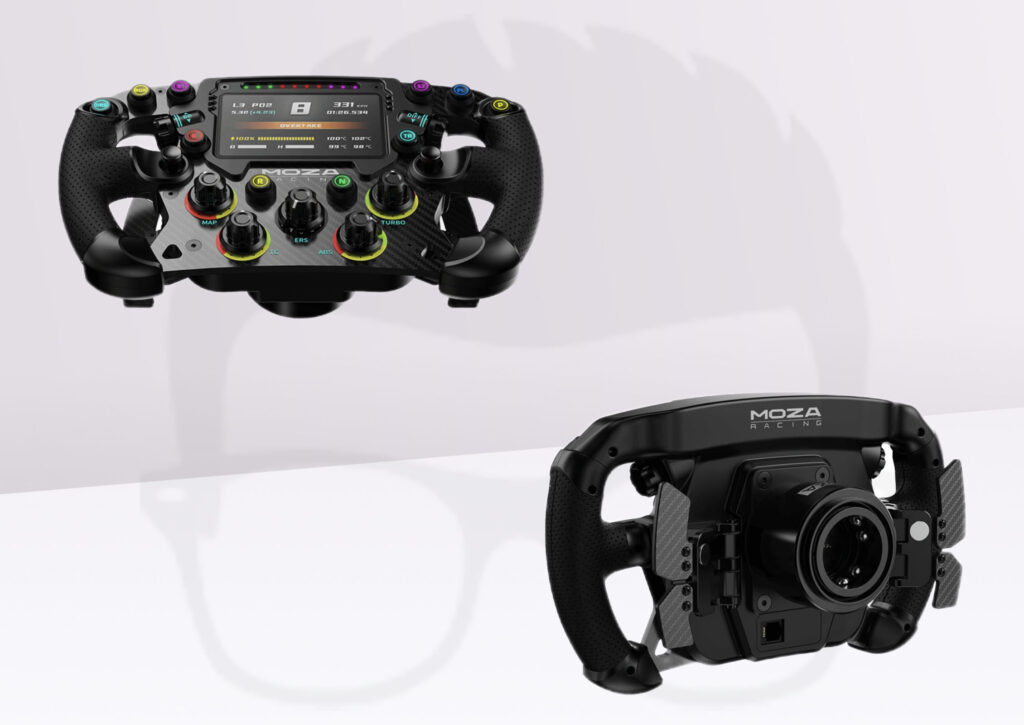
FSR steering wheel compatibility
This steering wheel is compatible with 4 Moza bases (R5, R9, R16 and R21), as well as with other bases from competing manufacturers via a universal hub kit sold separately. As far as sim-racing titles and platforms are concerned, we’re treated to ACC, AC, iRacing, rFactor and so on, all of which are PC-only.
Value for money
The FSR is currently selling for €699 from Moza’s authorized distributor in France, giving it superb value for money. This is a premium steering wheel in every respect, with excellent ergonomics, a breathtaking design and, above all, a good grip, as well as offering compatibility with bases from other brands.
Compared with the competition, the FSR’s price is really contained. There is no challenger in the same racing category. The only one I can think of is the Podium BMW GT3Podium, but that’s another level and costs twice as much as the FSR.
My verdict on the FSR Formula from Moza Racing
Is this steering wheel for you? Of course it’s for you! If you’re a fan of F1 and GT, then the FSR is for you, even if it does have its shortcomings. In fact, to be frank, virtually all sim-racing peripherals have their shortcomings, if only the price.
However, if you’re a pro rider who uses a lot of software for telemetry (like SimHub), the experience won’t be without turbulence. Even though FSR has been out for a while, the brand hasn’t fully solved the problem of telemetry with SimHub, which can be really frustrating in some cases.
Alternatives to Moza FSR Formula
3

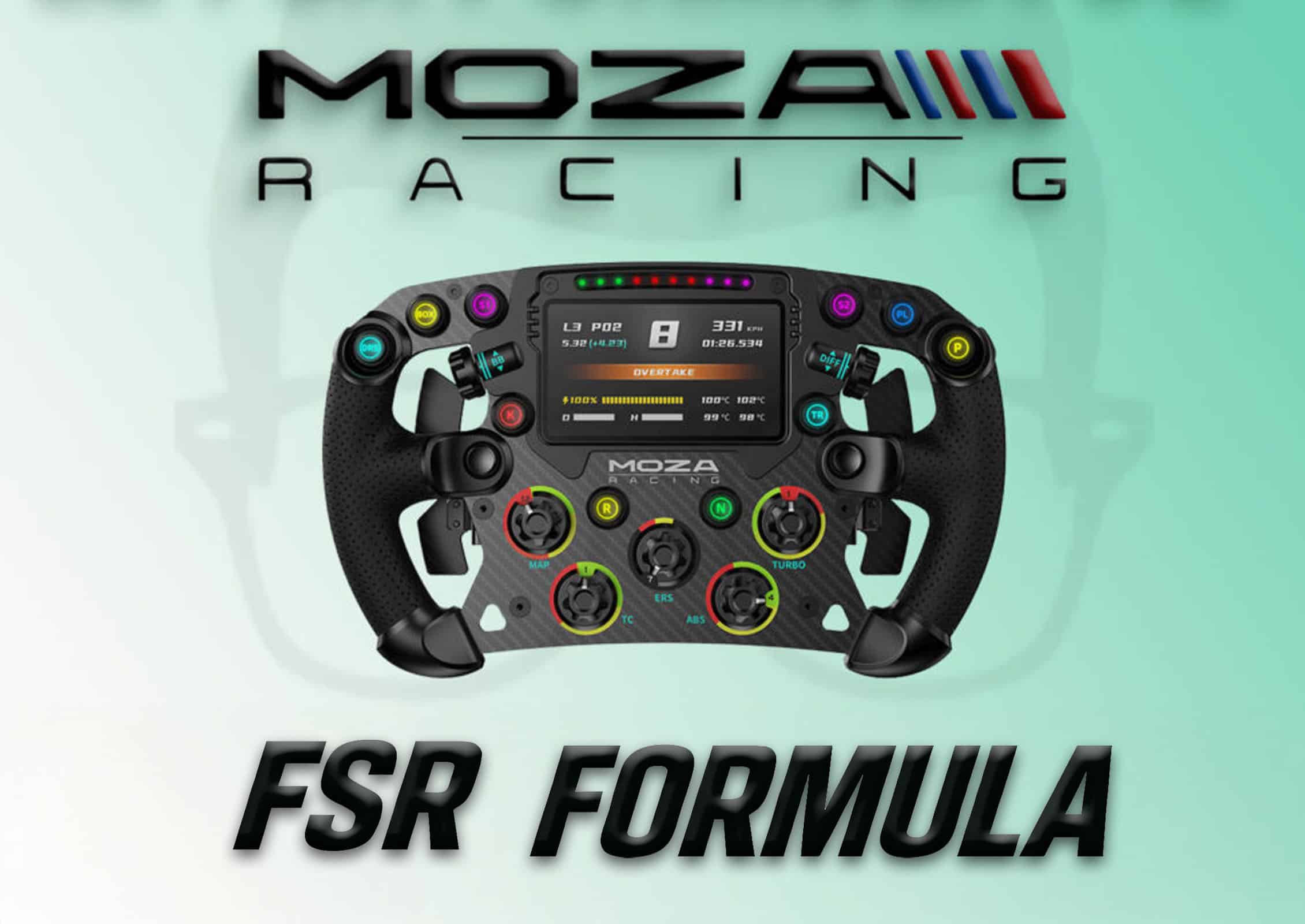
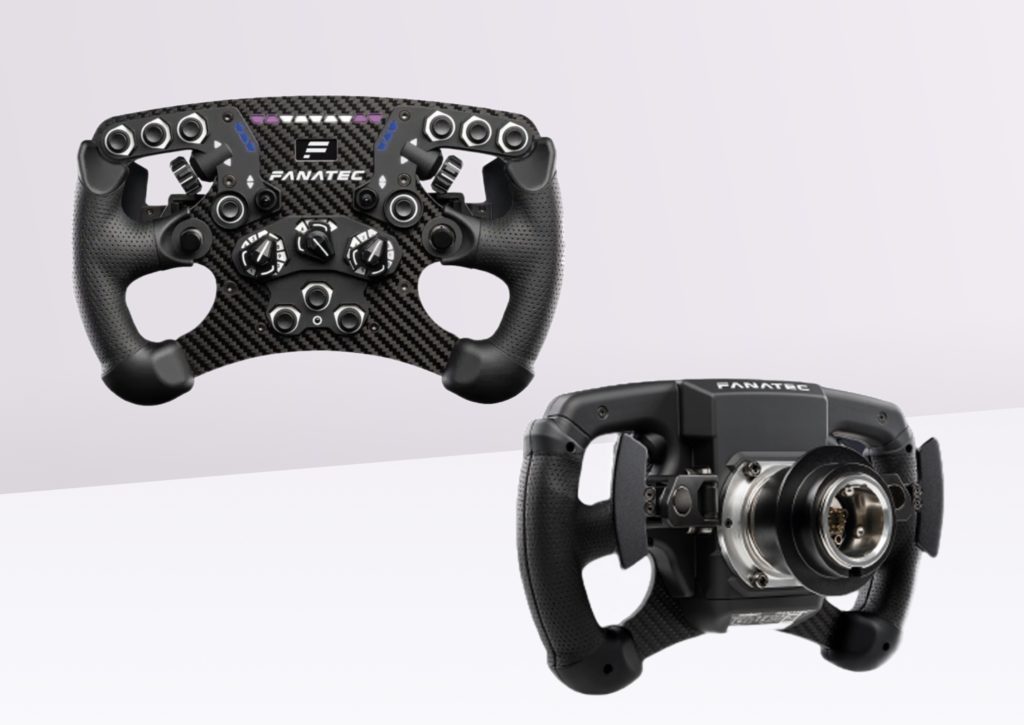
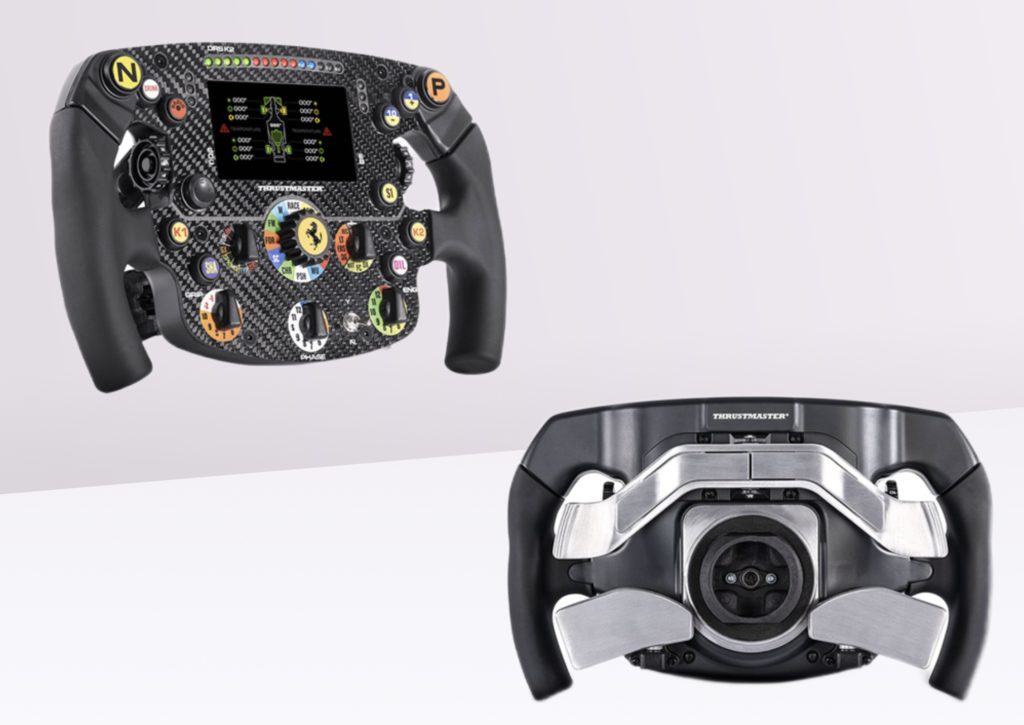
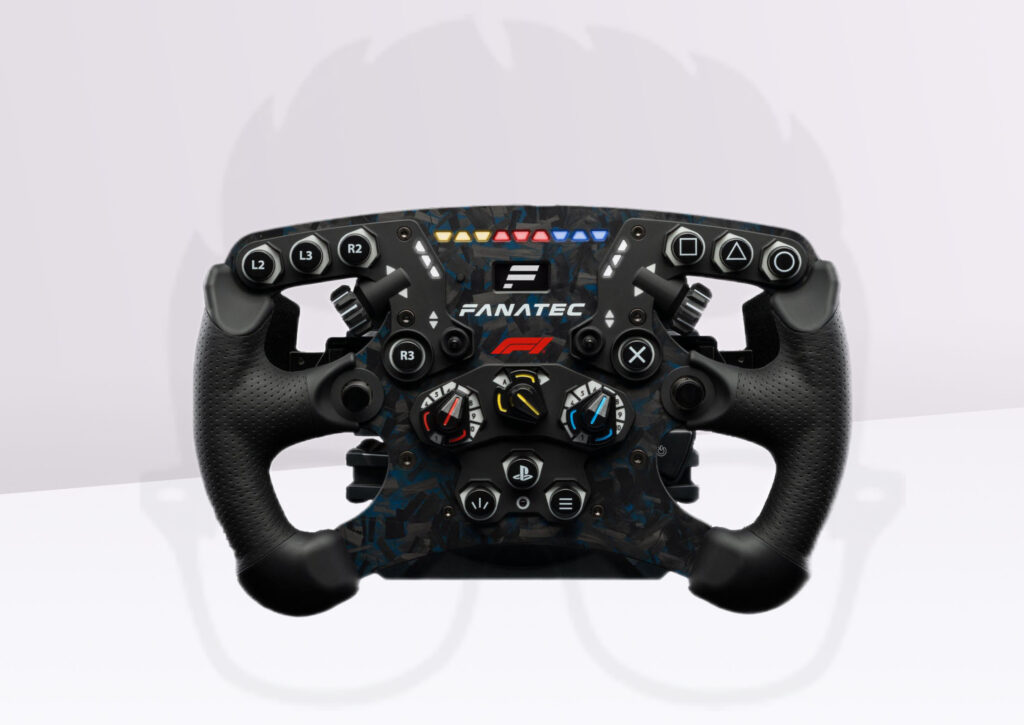

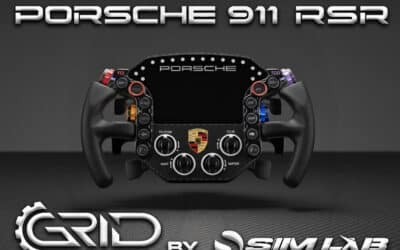

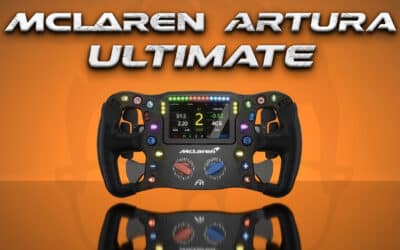
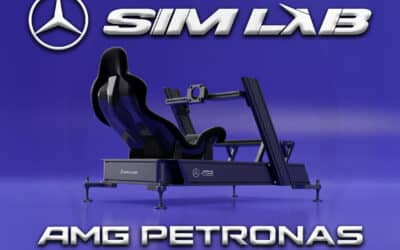
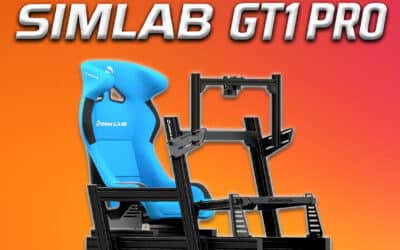
0 Comments